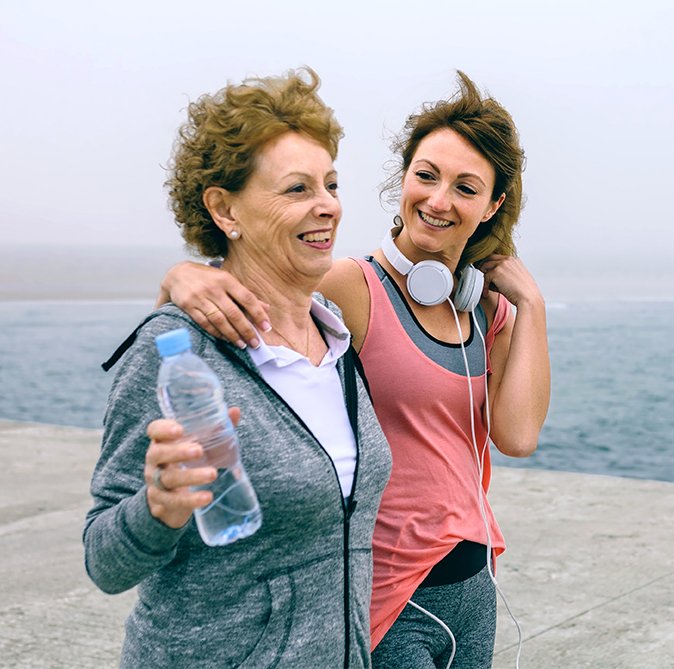 The first DEXA, was built in 1987 for commercial use. DEXA is used all over the world for both body composition and determining bone mineral density (BMD). But what is BMD and how does this impact you?
The first DEXA, was built in 1987 for commercial use. DEXA is used all over the world for both body composition and determining bone mineral density (BMD). But what is BMD and how does this impact you?
In the simplest of terms, BMD measures how dense the bones are, which correlates to how strong the bones are. There are three clinical classifications for bone density; they are normal, osteopenia and osteoporosis. These clinical definitions are based on the World Health Organisation definitions based on statistical T-scores. See the T-score chart below. Low BMD places you at greater risk of fracturing after minor trauma, which depending on your age and physical capacity could mean you have your mobility and quality of life drastically reduced.
We reach peak BMD in our mid twenties, with our BMD remaining relatively stable up to the age of menopause in women and approximately 5-10 years later in men. In most of us there is a gradual reduction throughout our lifespan. Women post menopause will experience an accelerated reduction that follows their decrease in the female hormone Oestrogen.
Reducing the decrease in BMD with age can be achieved by concentrating on three factors.
1. The first is exercise, with weight bearing exercise being a key factor in helping to maintain or improve BMD. Activities that involve increasing the stress and strain on bone, such as weight bearing squats, running or jumping, are great examples of putting the bones under load.
2. Adequate calcium intake is essential for bone health and can be achieved through dietary means. Foods such as leafy greens, broccoli and celery among many others can help to boost calcium levels in your diet.
3. In order to absorb calcium, the body needs Vitamin D. Vitamin D plays a role in helping the body absorb calcium and the majority of individuals receive their Vitamin D through sunlight. Like many things, it is important to have sunlight in moderation. Enough to receive your daily Vitamin D levels, not too much to increase your risk of sun burn or increasing your skin cancer risk. For office workers and during the colder months, it is important to try and get direct sunlight on the skin at some stages during the day. See the Osteoporosis Australia website for a more detailed guide on how much sun to get depending on the time and area.
Your BMD is an important part of your health and it can be directly influenced by your lifestyle. Ask your GP for a referral for a DEXA scan to check your BMD.
Timothy Hanson AEP ESSA
Exercise Physiologist
